While Mount Rushmore is considered a treasured destination for some Americans, to Native Americans, it can represent a stinging legacy.
The faces of four U.S. presidents gaze from a granite face mountain in the Black Hills of South Dakota. To some, Mount Rushmore is hailed as the “Shrine of Democracy.” To American Indians, the monument is typically considered a shrine of illegal occupation.
So while Mount Rushmore attracts some 3 million visitors annually as a tourist destination, it has also been the site of multiple American Indian protests and occupations. Among the most notable in the 20th century, were in 1970 and 1971, when Native American activists climbed and then occupied Mount Rushmore as a protest against what they declared as the theft and desecration of a spiritual site.
The 1868 Treaty of Fort Laramie
Tribes such as the Shoshone, Salish, Kootenai Crow, Mandan, Arikara, and the Lakota have long lived around the Black Hills, a sanctuary the Lakota call “The Heart of Everything That Is.” Indigenous people knew the land centuries before white people had ever seen it, says Gerard Baker, a Mandan-Hidatsa Indian who served as Superintendent at Mount Rushmore National Memorial from 2004 to 2010.
The Black Hills were reserved for the Lakota (also known as the Teton Sioux) in the 1868 Treaty of Fort Laramie. But the discovery of gold in the region prompted U.S. prospectors to soon overrun the area, and the government began forcing the Sioux to give up their claims on the land.
Warriors, including Sitting Bull and Crazy Horse led resistance against the land seizures, but, by 1877, the U.S. government had officially confiscated the land. Ever since, the Sioux and other American Indian activists have protested the U.S. government's claim to their ancestral lands.
American Indian Protests of 1970s
On August 29, 1970, a group of Native Americans, led by the San Francisco-based United Native Americans, ascended 3,000 feet to the top of Mount Rushmore and set up camp to protest the broken Treaty of Fort Laramie. The following year, on June 6, 1971, a group of Native Americans, led by the American Indian Movement (AIM), occupied the carved Mount Rushmore to demand the 1868 treaty be honored. Twenty Native Americans—nine men and 11 women—were eventually arrested and charged with climbing the monument.
Marcella Gilbert, a Lakota and Dakota community organizer, recalled watching televised coverage of her mother, AIM leader, Madonna Thunderhawk, occupying Mount Rushmore in 1970. The following year, at age 12, Gilbert participated in the next occupation. She remembers the event as being “cool,” but also a little tense. Upon a “let’s go” order, she ran with others to the top of the site.
She recalls that adults taking part in the occupation eventually noticed police and National Park Service rangers gathering below. A decision was made to take the younger members, including Gilbert, back down the mountain before the police arrived.
When an adult returned down the mountain with the children, Gilbert recalls watching from hidden locations as federal agents raided their camp. “We were in the trees,” says Gilbert. “I remember them tearing through our tents, just like they did at Standing Rock. Taking all the food, breaking into the shed.”
In 1980, the U.S. Supreme Court awarded the Great Sioux Nation $105 million as compensation for their loss of the Black Hills, a sum that was rejected by the Sioux Nation. The tribes instead continued to demand the return of the land, and the rejected money remains in a government bank account.
Mount Rushmore Presidents and Their Conflicts With Native Americans
Baker says most park employees are well-versed in the traditional story of Mount Rushmore—and the U.S. presidents it honors. This history includes how, in 1924, South Dakota State Historian Doane Robinson asked sculptor John Gutzon de la Mothe Borglum to carve a monument in the Black Hills. Borglum chose to carve George Washington, Thomas Jefferson, Theodore Roosevelt and Abraham Lincoln into Rushmore Peak. The National Park Service Mount Rushmore website cites Borglum’s reason for choosing the men, stating, “They represented the most important events in the history of the United States.”
Baker says he encouraged his National Park Service staff to expand the story of Mount Rushmore to include the history of American Indians. For example, the Mount Rushmore sculptor allotted the most prominent rock display to the first president of the United States, George Washington. As Dartmouth College Professor Collin G. Calloway writes in The Indian World of George Washington, Washington became known as "Town Destroyer" among the Iroquois after 1779 when he called for the "total destruction and devastation" of the American Indian settlements across upstate New York.
Borglum chose to depict President Jefferson, a primary author of the Declaration of Independence, for representing the growth of the United States. However, as James Rhonda writes in Thomas Jefferson and the Changing West, Jefferson also laid the groundwork for aggressively acquiring Indian land.
When Theodore Roosevelt took office as the 26th president in 1901, he’d already established a hostile relationship toward American Indians, saying in an 1886 speech, “I don’t go so far as to think that the only good Indians are the dead Indians, but I believe nine out of every 10 are.”
Borglum chose to memorialize Lincoln because, as he said, Lincoln represented “the preservation of the United States.” As Lincoln led preservation of the country during the American Civil War, he also signed off on an execution order to hang 38 Dakota in Minnesota in what became the largest mass execution in U.S. history.
“All those presidents did something good for the country," says Baker, but, he adds, they also played a part in the U.S. government's oppression of Native American cultures.
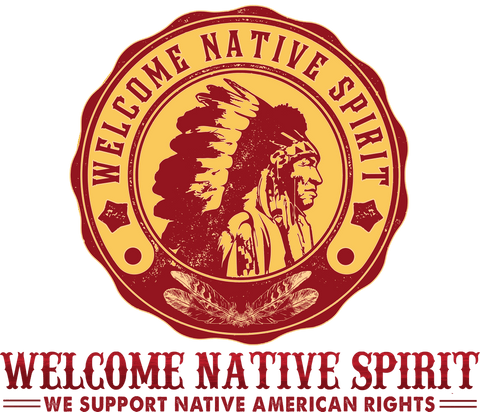

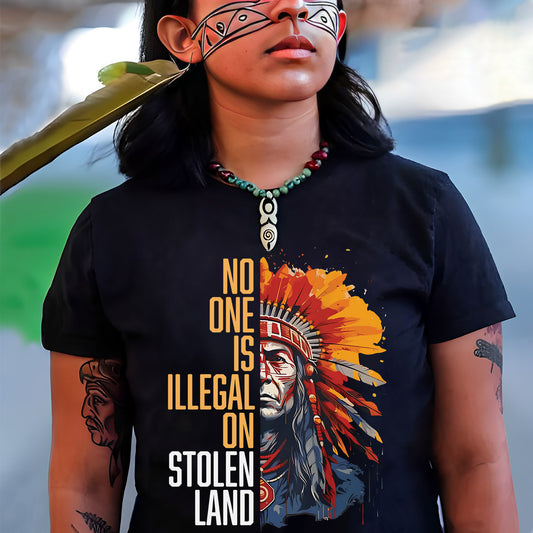
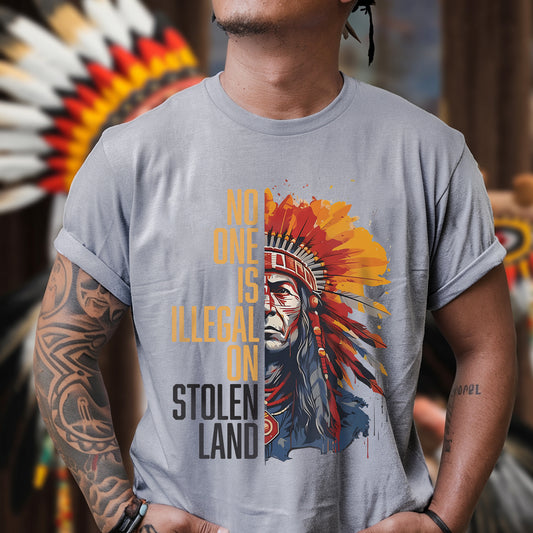
![[Two Sides] Trail of Tears The Deadly Journey Unisex T-Shirt/T-Shirt V-Neck/Hoodie/Sweatshirt](http://welcomenativespirit.com/cdn/shop/files/20_2bae9cf5-c07c-4ea5-a8ea-de74aa71325d_533x.jpg?v=1757466962)
![[Two Sides] Trail of Tears The Deadly Journey Unisex T-Shirt/T-Shirt V-Neck/Hoodie/Sweatshirt](http://welcomenativespirit.com/cdn/shop/files/gray_-2side_b51af6c7-cea9-4004-90db-cb8d883be04a_533x.png?v=1759742586)

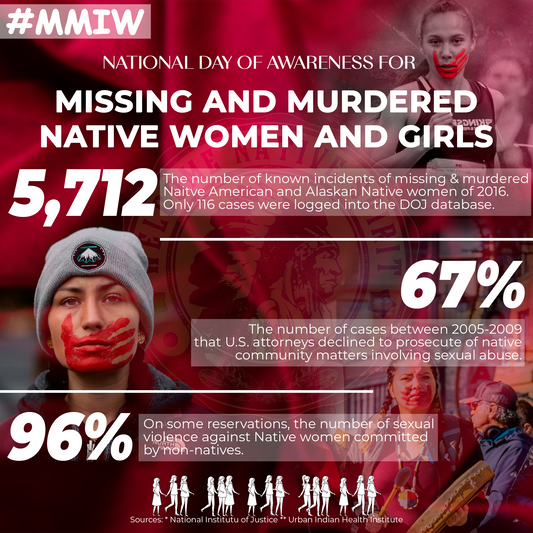


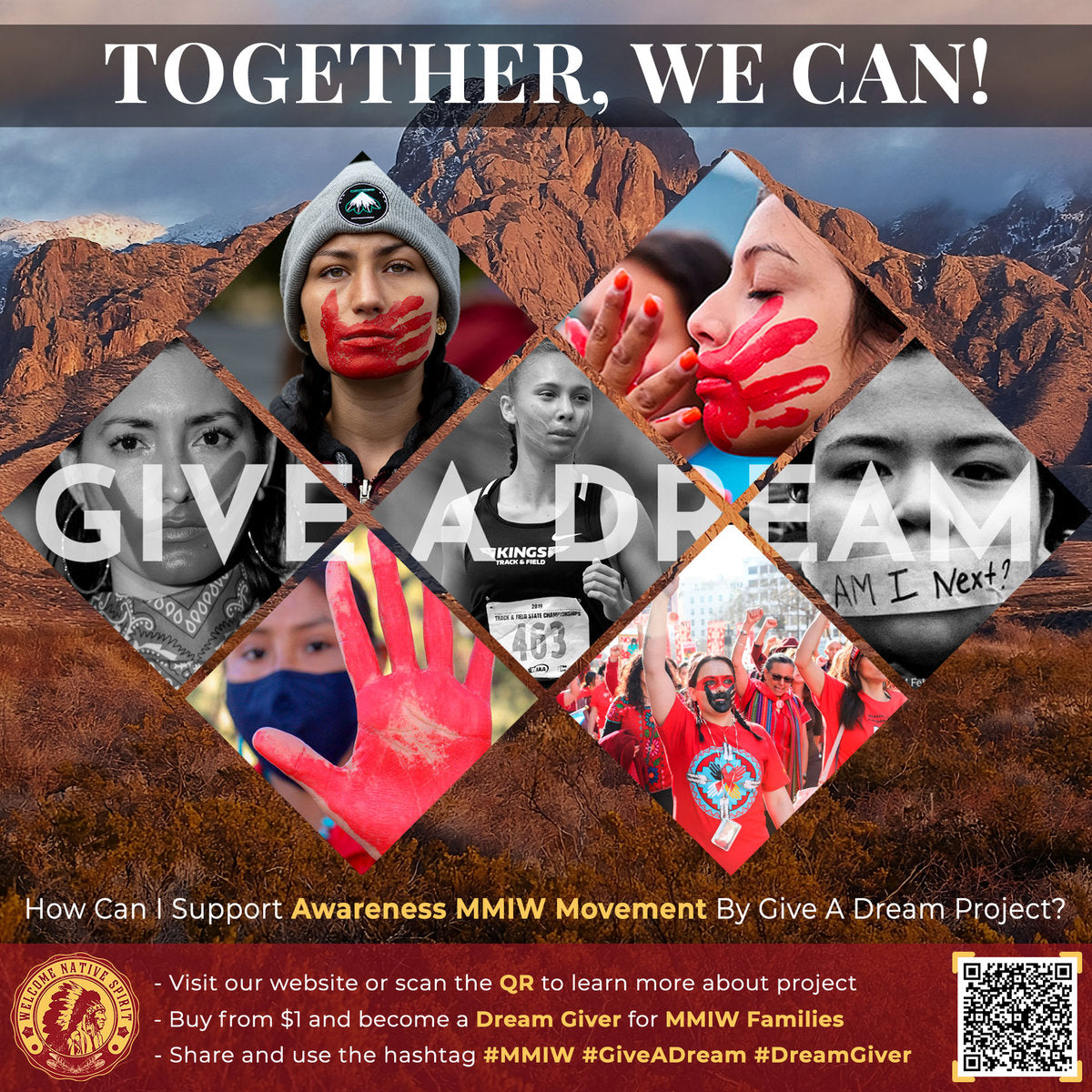

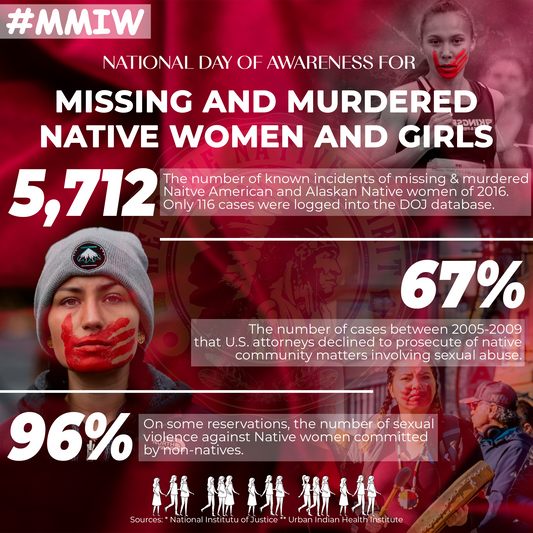
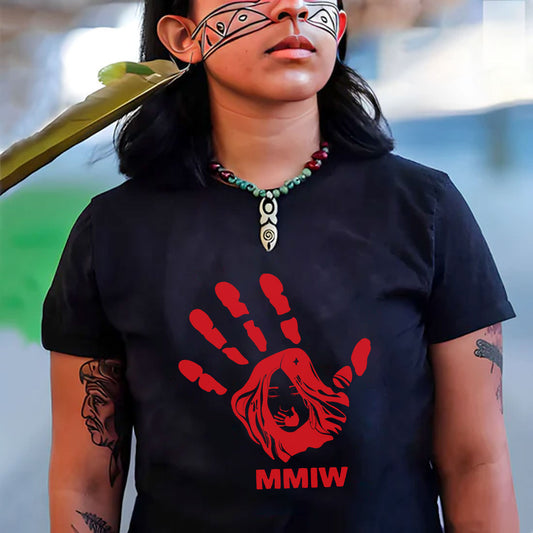
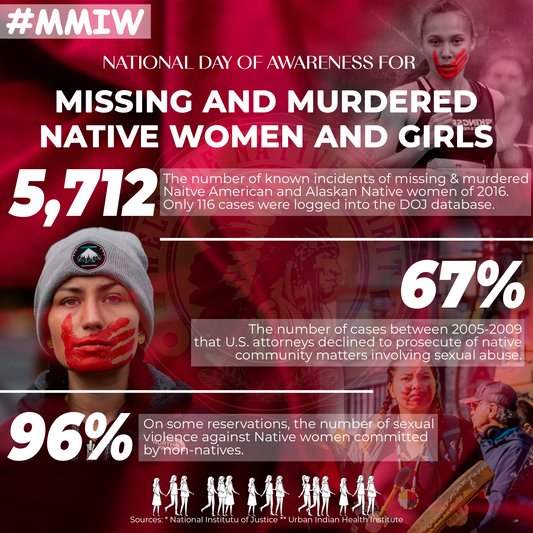






3 Comments
I recentky watched the History Channels documentary on Sitting Bull and the account of history reflects identical to the writting here. I am not indeginous however it sickens me to my core not only what the whiteman did to your familes and also continue to do to mother earth. My family has had a respectful relationship with tje Lakota to the point that my Great Grandfather and Gramdfather learned the Lakota lanquage. I could go on but am sure to be running out of space. Best wishes Allen
Many of my Hispanic friends relate to this message I’m part Cherokee and to try and imagine being matched off your land leaving friends relatives sick infants children behind being forced to continue on without them I cannt even imagine walking the trailers of tears.
This is fantastic new. Congratulations. Being indigenous from MX I understand how frustrating and difficult it can be to get back what was taken from you. In today’s climate of so much hate it’s truly a blessing that you were able to accomplish this.